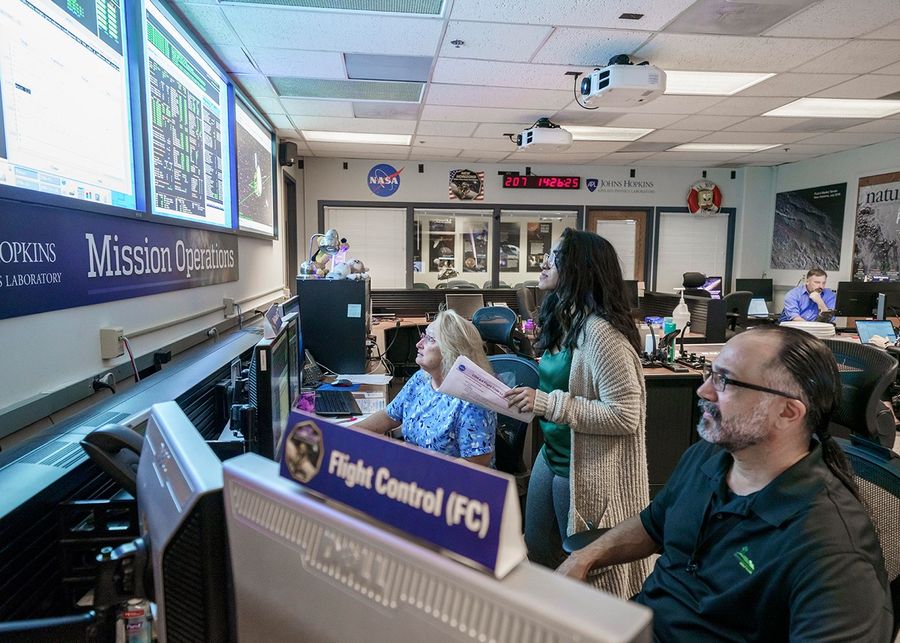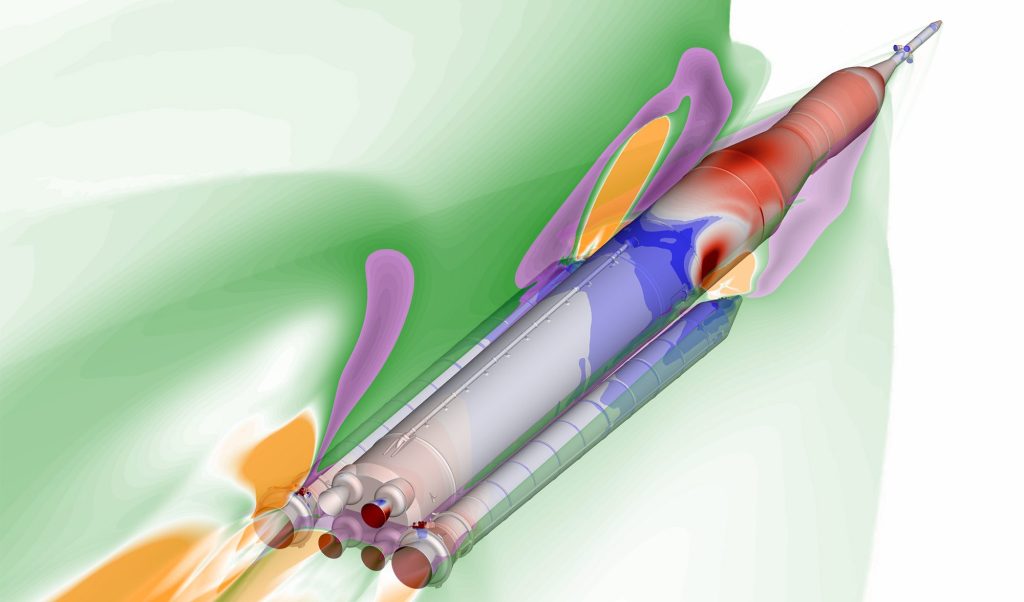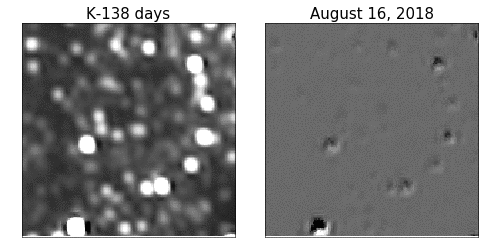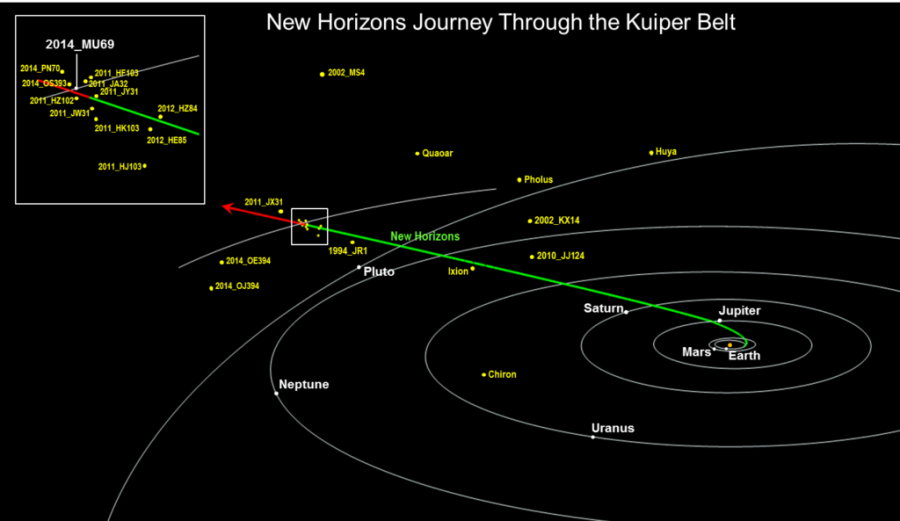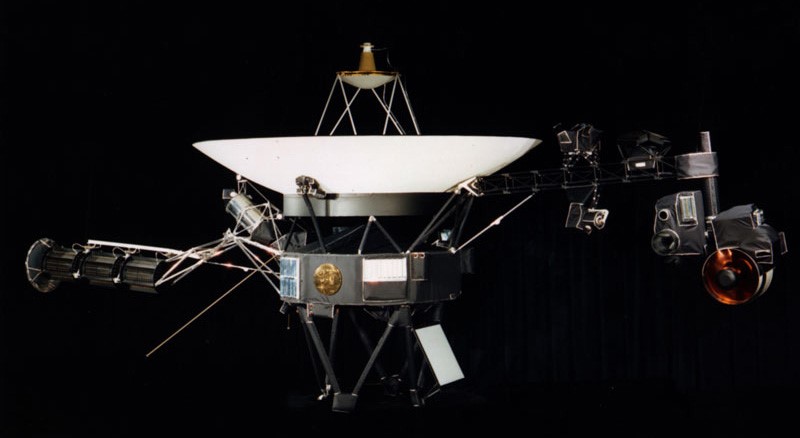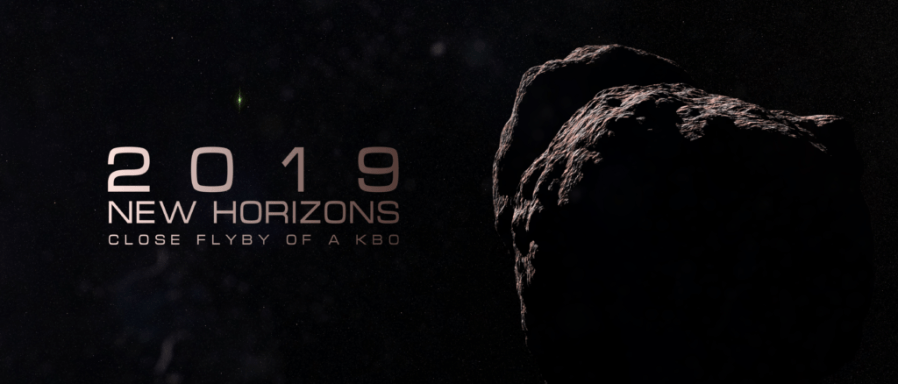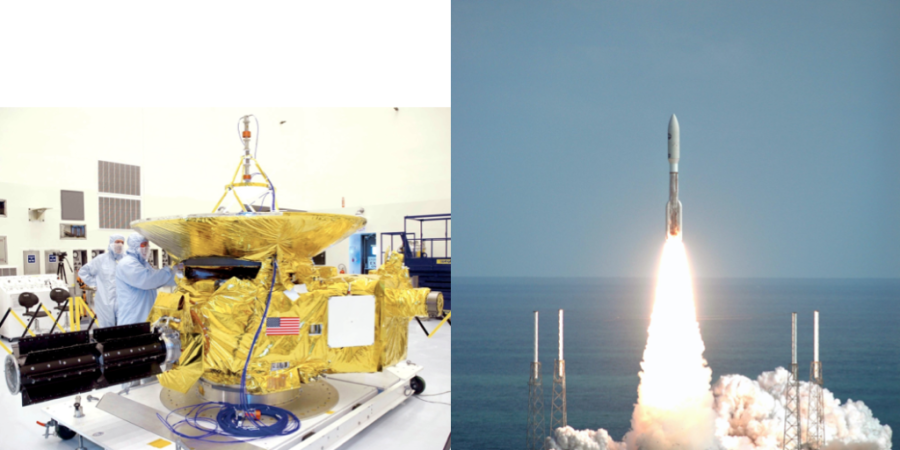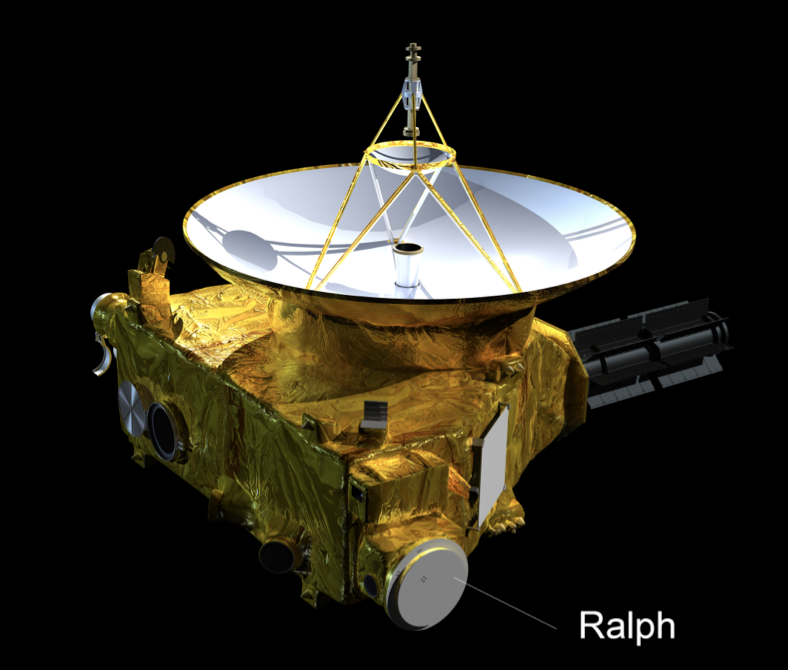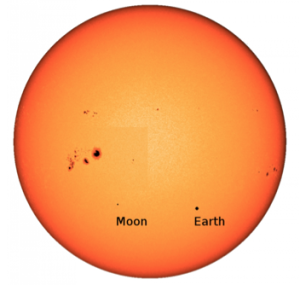Running with updated onboard fault protection software that improves its ability to operate farther from the Sun than originally designed, NASA’s New Horizons spacecraft has entered the longest hibernation phase of its mission. At 4:12 a.m. EDT on Aug. 7, flight controllers at the Johns Hopkins Applied Physics Laboratory (APL) in Laurel, Maryland, verified that […]
NASA’s New Horizons Enters Mission’s Longest Hibernation Period
